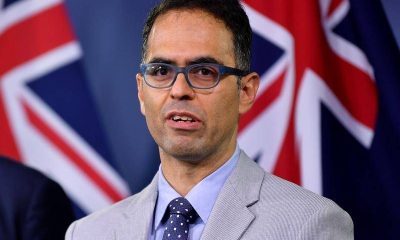World
BIFA helps members calculate emissions with new online tool
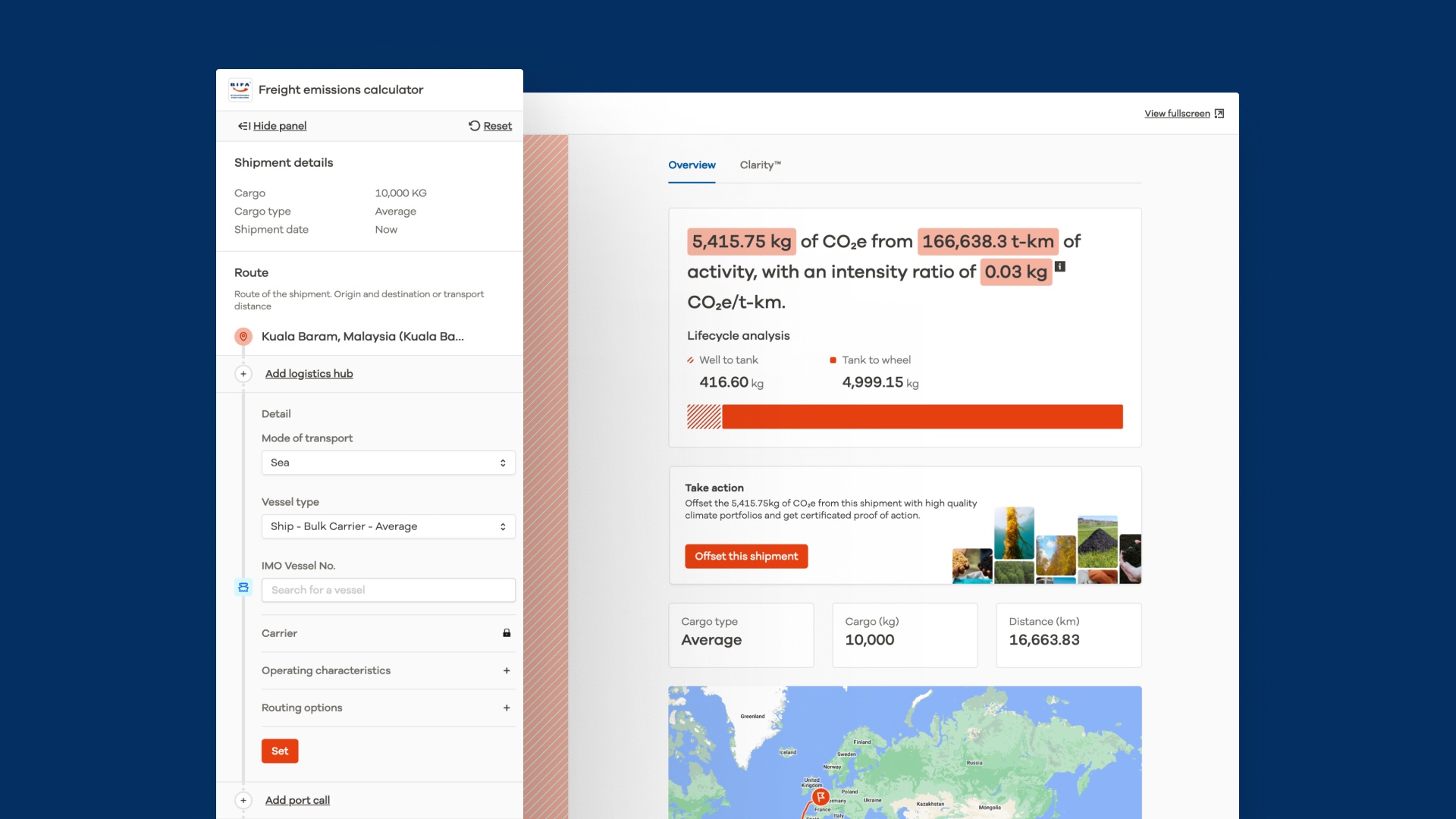
The British International Freight Association (BIFA) is building upon its cooperation with Pledge, a carbon emissions measurement and offsetting platform for freight forwarders, by allowing visitors to the trade association’s website direct access to Pledge’s Freight Emissions Calculator.
BIFA announced its cooperation with Pledge in January this year and this has seen the latter provide BIFA with some important resources that will support members in their journey to more environmentally sustainable operations.
Members can try Pledge’s Freight Emissions Calculator via the BIFA website for a capped number of uses, or sign up to a 14-day free trial of the full platform to explore how it can help meet emissions regulations, set emissions targets, and determine reduction strategies.
To get started, users enter the origin, destination, shipment weight, and mode of transport of a shipment, which then generates a Global Logistics Emissions Council (GLEC) accredited and ISO:14083-aligned emissions calculation.
Steve Parker, BIFA’s Director General said: “I am very pleased that Pledge has made this calculator available via the BIFA website for our members to use.
“The need to understand and address the environmental impact of global supply chains grows by the day.
“Our members face pressure from various bodies, and increasingly their own customers, to demonstrate how they are able to calculate the freight emissions associated with a shipment. This is an important tool for BIFA members to help their clients meet their reporting obligations.
“Our cooperation with Pledge and this latest initiative is designed to help BIFA members, small and large, to demonstrate the actions they are taking to obtain thorough visibility of their carbon footprint and that of the shipments they handle, as well as the actions that they can take in order to reduce both.”
This thorough visibility is afforded by Pledge’s unique Clarity™ feature, part of its Freight Emissions Calculator, which breaks down the methodology used to calculate carbon emissions, while also highlighting any assumptions that were made, to provide end-to-end transparency throughout the supply chain.
David de Picciotto, Co-founder and Chief Executive Officer of Pledge said: “Through our collaboration with BIFA, Pledge is proud to empower the freight and logistics industry with tools that drive sustainability.
“By embedding our Freight Emissions Calculator on its website, BIFA is again showing its commitment to giving members the tools to begin their journey towards decarbonisation.
“Together, we’re not just calculating emissions: we’re helping catalyse a new era of sustainability in transport and logistics.”

World
When Do Birds Lay Eggs in Ohio? A Comprehensive Guide
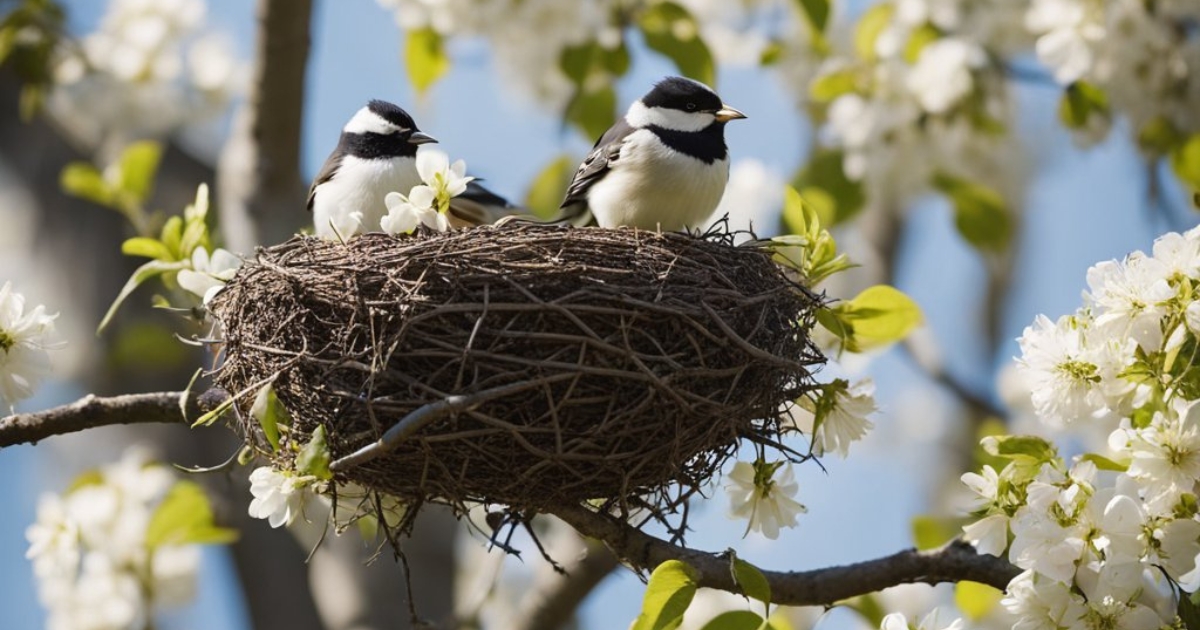
As the weather warms up and the days grow longer in Ohio, the avian residents and visitors begin their annual rituals of courtship, nest-building, and egg-laying. The breeding seasons of birds in Ohio are influenced by various factors, including climate, food availability, and migration patterns. Let’s dive into the different breeding seasons and explore when birds typically lay eggs in this diverse state.
Spring Breeding Season
Spring is undoubtedly the most active breeding season for birds in Ohio. As early as late February or March, many resident bird species, such as cardinals, robins, and blue jays, begin their courtship displays and nest construction. These early nesters take advantage of the first warm days and the abundance of insects that emerge during this time.
By mid-April, the migration of countless bird species from their wintering grounds in the south adds to the breeding frenzy. Warblers, vireos, and flycatchers arrive in Ohio, ready to claim their territories and start their families. The peak of the spring breeding season typically occurs in late April and May, with birds laying eggs during this window of opportunity.
Summer Breeding Season
While the spring breeding season is the busiest, some bird species in Ohio prefer to breed later in the summer months. Birds like the American goldfinch and cedar waxwing often wait until late June or July to start nesting and laying eggs. This strategy allows them to take advantage of the abundant supply of seeds and fruits that become available later in the season.
Other summer breeders include the eastern bluebird, which may have a second brood in July or August if the first nesting attempt was successful. Additionally, some migratory species, such as the yellow-billed cuckoo and the Baltimore oriole, arrive in Ohio later in the spring and breed during the summer months.
Fall Breeding Season
While less common, a few bird species in Ohio engage in fall breeding. The mourning dove is one notable example, with some individuals laying eggs as late as September or October. This strategy allows them to take advantage of the remaining warm weather and food sources before the onset of winter.
Other fall breeders in Ohio include the American crow and the European starling, which may produce a second or even third brood during this time if conditions are favorable.
Factors Influencing Egg Laying in Ohio
While the breeding seasons provide a general timeframe for when birds lay eggs in Ohio, several factors can influence the exact timing and success of egg-laying for individual species and populations.
Climate and Weather Patterns
Temperature, rainfall, and weather patterns play a crucial role in determining when birds lay eggs. Prolonged cold snaps or late spring frosts can delay breeding activities, while mild winters may prompt some species to initiate nesting earlier than usual.
Additionally, extreme weather events, such as severe storms or droughts, can disrupt the food supply and nesting sites, leading to delayed or abandoned nesting attempts.
Availability of Food and Nesting Sites
The availability of suitable food sources and nesting sites is another critical factor that influences when birds lay eggs. If food is scarce or nesting sites are limited, birds may delay breeding or choose not to breed at all in a particular season.
Human activities, such as urbanization and habitat destruction, can also impact the availability of food and nesting sites, potentially disrupting the breeding cycles of various bird species.
Migration Patterns
For migratory bird species that breed in Ohio, the timing of their arrival from their wintering grounds plays a significant role in determining when they lay eggs. Delayed migration due to unfavorable weather conditions or other factors can cause birds to arrive later, potentially leading to a shortened breeding season or even missed opportunities.
Common Bird Species and Their Egg-Laying Times in Ohio
Ohio is home to a diverse array of bird species, each with its own unique breeding behaviors and egg-laying times. Here are some common bird species found in the state and their typical egg-laying periods:
Songbirds
- American Robin: Late March to July
- Northern Cardinal: Late March to August
- House Finch: April to August
- Eastern Bluebird: April to August
- Black-capped Chickadee: April to June
Waterfowl
- Canada Goose: March to May
- Mallard: March to July
- Wood Duck: March to July
- Great Blue Heron: April to June
Raptors
- Red-tailed Hawk: March to May
- American Kestrel: April to June
- Barn Owl: February to August
- Great Horned Owl: January to April
It’s important to note that these are general timeframes, and actual egg-laying times can vary based on the factors mentioned earlier, such as location, weather conditions, and food availability.
Creating a Bird-Friendly Environment in Your Backyard
If you’re an avid bird enthusiast or simply enjoy watching these feathered friends in your backyard, there are several things you can do to create a welcoming environment that may encourage birds to nest and lay eggs on your property.
Providing Nesting Boxes
Installing nesting boxes is an excellent way to attract cavity-nesting birds like bluebirds, chickadees, and wrens. Place the boxes in appropriate locations, considering factors like height, orientation, and proximity to trees or buildings. Be sure to clean the boxes annually and avoid disturbing any active nests.
Planting Native Vegetation
Incorporating native plants into your landscape not only provides food sources for birds but also offers nesting materials and shelter. Native shrubs, trees, and wildflowers attract a variety of insects, which serve as a vital food source for many bird species during the breeding season.
Maintaining Bird Feeders and Water Sources
Providing a reliable source of food and water can be particularly beneficial for breeding birds. Clean and well-stocked bird feeders, as well as fresh water sources like birdbaths or shallow dishes, can help support the nutritional needs of nesting birds and their offspring.
Remember, creating a bird-friendly environment takes time and patience, but the reward of observing these magnificent creatures up close during their breeding seasons is truly priceless.
Observing and Identifying Bird Nests and Eggs
As the breeding seasons progress, you may have the opportunity to observe bird nests and eggs in your backyard or while exploring nature in Ohio. However, it’s essential to approach these situations responsibly and with respect for the well-being of the birds.
Responsible Bird Watching
When observing bird nests and eggs, it’s crucial to maintain a respectful distance and avoid disturbing the birds or their nesting sites. Excessive noise, movement, or intrusion can cause stress and potentially lead to nest abandonment.
Refrain from touching or handling nests or eggs, as this can transfer human scent or oils that may deter the parent birds from returning. Additionally, be mindful of your surroundings and avoid trampling vegetation or disturbing other wildlife in the area.
Identifying Bird Nests and Eggs
If you encounter a bird nest or eggs, it can be an exciting opportunity to learn more about the species and their breeding behaviors. Use field guides, online resources, or apps to help identify the species based on the nest’s location, materials used, and the appearance of the eggs.
However, it’s important to exercise caution when attempting to identify bird nests and eggs, as some species may be protected by state or federal laws, and disturbing them could result in legal consequences.
Reporting Rare or Endangered Species
If you suspect you’ve come across a nest or eggs belonging to a rare or endangered bird species, it’s best to report your sighting to the appropriate authorities or conservation organizations. In Ohio, you can contact the Ohio Department of Natural Resources or local Audubon societies for guidance.
Providing detailed information, such as the location, date, and any photographs (taken from a safe distance), can help experts monitor and protect these vulnerable populations.
By respecting and appreciating the breeding behaviors of birds in Ohio, you can contribute to the conservation efforts that ensure the continued presence of these remarkable creatures for generations to come.
Conclusion
The arrival of birds and their egg-laying rituals are an integral part of the cycle of life in Ohio. From the early spring nesters to the late summer breeders, each species plays a vital role in the state’s diverse ecosystem.
Understanding the breeding seasons and factors that influence egg-laying times can not only deepen your appreciation for these feathered friends but also guide your efforts in creating a bird-friendly environment in your own backyard.
By providing suitable nesting sites, planting native vegetation, and maintaining food and water sources, you can actively contribute to the success of breeding birds in your area. Additionally, responsibly observing and identifying bird nests and eggs can be a rewarding and educational experience, while respecting the well-being of these fragile creatures.
As we move through the changing seasons, let us embrace the beauty and wonder of Ohio’s avian residents and visitors, and cherish the opportunity to witness the miraculous cycle of life unfold before our eyes.
FAQs
What is the best time to put up nesting boxes in Ohio?
The ideal time to install nesting boxes in Ohio is in late winter or early spring, before the breeding season begins. This gives birds ample time to find and inspect the boxes before laying their eggs.
Can I touch or move a bird’s nest if I find one in my backyard?
It’s generally not recommended to touch or move an active bird’s nest, as this can cause stress and potentially lead to nest abandonment. Observe the nest from a respectful distance and avoid disturbing the birds.
What should I do if I find an abandoned bird’s nest or eggs?
If you’re certain the nest or eggs have been abandoned, you can carefully remove them from the area to prevent attracting predators or pests. However, it’s important to ensure the nest is truly abandoned before taking any action.
How can I deter birds from nesting in unwanted areas, like my porch or gutters?
To discourage birds from nesting in unwanted areas, you can try using deterrents like bird netting, plastic or metal mesh, or commercially available repellents. However, it’s important to remove any existing nests or eggs carefully and humanely.
Are there any laws or regulations regarding disturbing bird nests or eggs in Ohio?
Yes, there are state and federal laws that protect certain bird species and their nests and eggs. The Migratory Bird Treaty Act, for example, prohibits the disturbance or destruction of any active nest or eggs of migratory bird species. It’s essential to familiarize yourself with these regulations and consult with local wildlife authorities if you have any concerns or questions.
Community
Australia ‘outraged’ over aid worker killed in Gaza
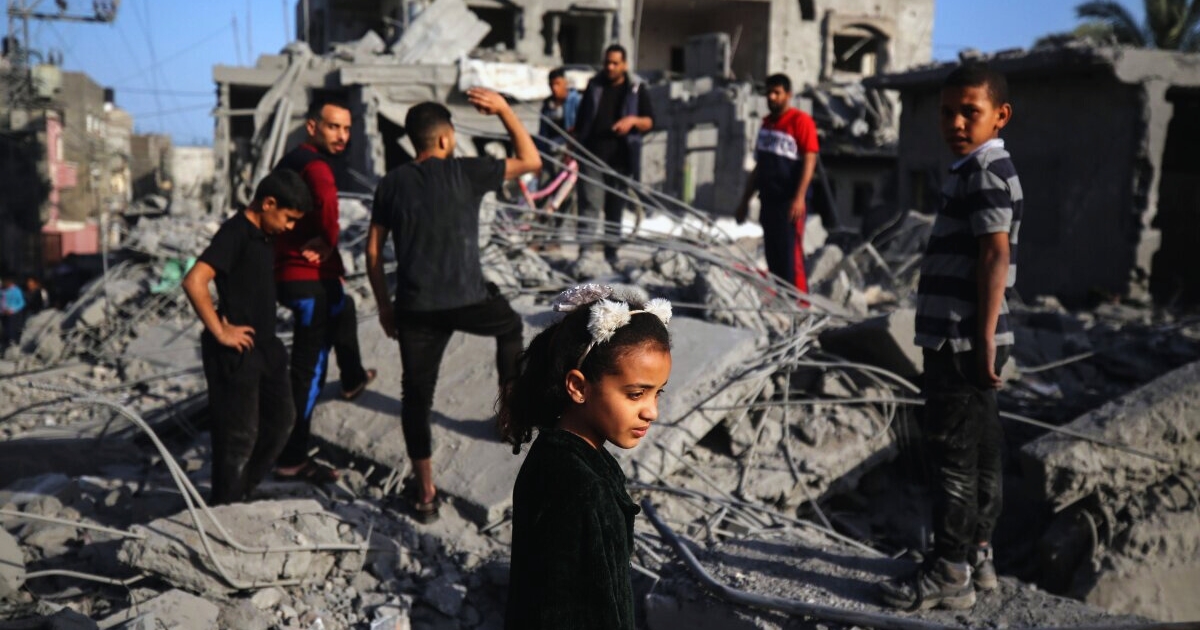
Worker Zomi Frankcom, an aid worker with the World Central Kitchen charity, has tragically lost her life in Gaza due to an Israeli air strike, sparking outrage and demands for transparency from Australia. Foreign Minister Penny Wong has called for a thorough inquiry into the incident, which also resulted in the deaths of six other charity workers.
Prime Minister Anthony Albanese has expressed his desire to directly speak with Israeli Prime Minister Benjamin Netanyahu regarding the death of Ms Frankcom. Netanyahu has acknowledged the incident as an unintended strike on innocent individuals, stating that such events unfortunately occur in the midst of conflict. He has promised a comprehensive investigation into the matter.
Amid escalating tensions between Australia and Israel, Senator Wong emphasized Australia’s strong stance on accountability for the death of humanitarian workers. She stressed the need for a transparent inquiry and full explanation, as well as accountability for those responsible.
Mr Albanese has labeled the deaths of the aid workers as “completely unacceptable,” emphasizing the tragedy of the situation. The Australian Palestine Advocacy Network has gone a step further, calling the deaths not just a tragedy but a crime, and urging the government to take decisive action against Israel.
Ms Frankcom’s family, friends, and colleagues have been left devastated by her untimely demise. Described as a kind and selfless individual, Ms Frankcom’s legacy of compassion and bravery in helping those in need is being mourned by those who knew her.
World Central Kitchen, the charity for which Ms Frankcom was working, has paused its operations in Gaza in the wake of the incident. Chief executive Erin Gore condemned the attack as unforgivable, highlighting the dangers faced by humanitarian organizations in conflict zones.
The Australian government remains firm in its demand for accountability and justice in the wake of this tragedy. While Israel has expressed regret for the incident, the international community, including Australia, is pushing for a transparent investigation and assurance that such events will not be repeated in the future.
World
Russian Government Urges Australian Embassy to Remove Social Media Post
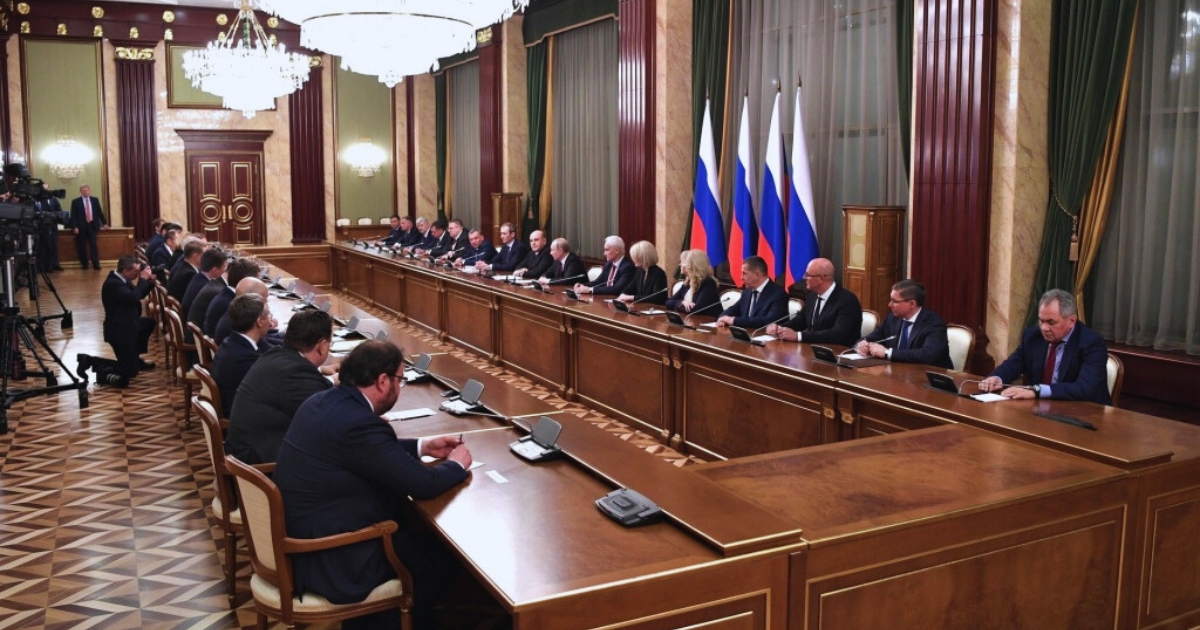
Embassy officials from the Australian embassy in Moscow have been summoned by Russian authorities following a social media post that criticized the holding of Russian presidential elections in occupied parts of Ukraine. The Russian foreign ministry stated that the post, made on the Telegram platform, questioned Russia’s territorial integrity and contained false information about the voting process in various Russian regions during the presidential election on March 15-17.
Australia’s Chargé d’affaires was informed that the online post was considered as interference in Russia’s internal affairs. The Russian government demanded that the message be removed and that measures be taken to prevent similar incidents from occurring in the future.
The Australian embassy’s post on Telegram on March 19, in Russian language, highlighted Australia’s stance on the election conducted by Russia in Ukrainian territories. The post emphasized that these actions by Russia undermine Ukraine’s sovereignty, territorial integrity, and political independence. Australia rejected the outcome of the election and reiterated its call for Russia to withdraw from Ukraine’s internationally recognized territory.
The Russian presidential election, which saw President Vladimir Putin declared the winner with over 87% of the vote, took place in areas of Ukraine that Russia claims to have annexed, including Crimea and parts of four regions seized after its 2022 invasion.
The incident underscores the ongoing tensions between Russia and Western countries, including Australia, regarding the situation in Ukraine. Russia’s annexation of Crimea in 2014 and its continued involvement in Ukrainian affairs have been met with strong opposition and condemnation from the international community.
Australian embassy officials have not yet responded publicly to the Russian government’s demands regarding the social media post. It remains to be seen how the Australian government will address the issue and whether the post will be removed as requested by Russian authorities.
As the diplomatic exchange continues between Russia and Australia, the situation highlights the importance of careful communication and diplomacy in addressing sensitive political issues. The tension over the Ukrainian territories and the implications of the Russian presidential election in those areas serve as a stark reminder of the complex challenges facing the international community today.
-
Business2 years ago
How to Earn Money Writing Blog Posts in 2023: A Comprehensive Guide
-
Games2 years ago
How does Dead Space Remake enhance the Horror Classic of 2008
-
Video2 years ago
Everything you need to know about Starfield
-
Health2 years ago
How is Yoga and Pilates Bridging the Gap Between your Mind and Body
-
World2 years ago
Swiss Pharma Powerhouse Acino Expands into Latin America with M8 Pharmaceuticals Acquisition
-
Health2 years ago
Migraine medications significantly improve the quality of life
-
Self Improvement2 years ago
Enhancing Relationships and Emotional Intelligence Through Mindfulness Meditation
-
Video2 years ago
Winners and Losers of the 2023 NSW budget revealed




























